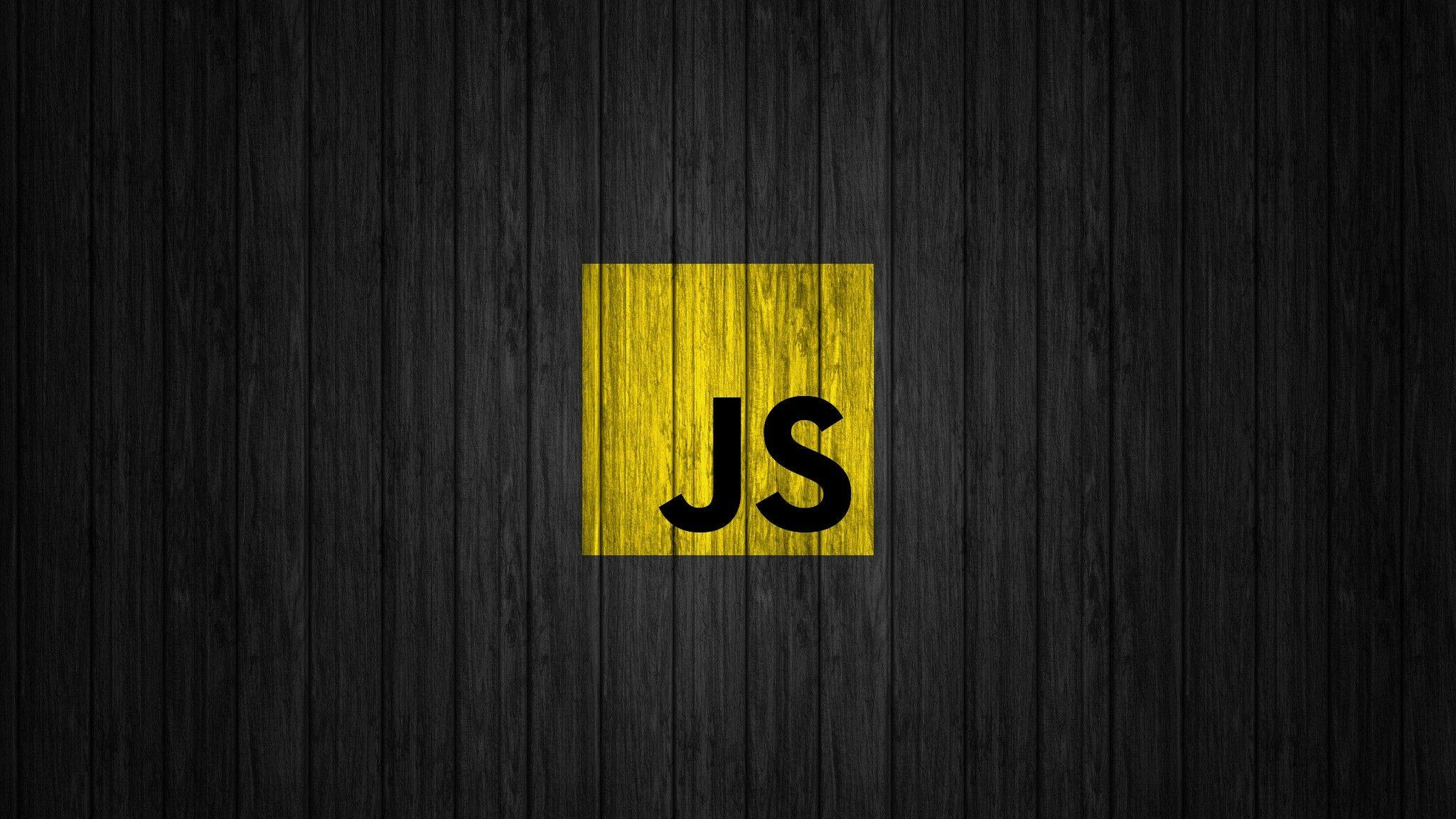Table of contents
No headings in the article.
Introduction: Perils of a wannabe newbie
All your friends say they code. You have heard some words like JavaScript, CSS, HTML5, being floated and flung around. You must have heard that someone works with a remote company where he develops websites for them. Or, you must have heard of Python. Node, React, and C++. With all this crowding in your head, and you not wanting to be left out, and you want to jump on the “tech bro” trend, you then say you want to learn how to code. Someone, maybe a developer you know then asks you, what you want to do with coding, what you are interested in, and you don’t know. You are beyond lost, but you want to look like you know what you’re doing, you then say; “I just want to program nah…” That statement alone has made anyone who would have been interested in teaching you give up at that moment. It is very obvious you do not have a trajectory, and have not done your research. The zeal to teach you has disappeared. If the person is still willing to coach you after your flop, the person tells you to go and make your research, see what you want and come back. This is where most start to loose morale. It becomes too much to research on what you want to work for you. This is where this context comes in. the process of this article should guide you in what you need as a front end web developer this 2022.
Frond-end development: The basics.

I’ll start by debunking, and reorganizing our ideas. Front end development, and front end design are two different things that don’t mean the same thing. They work in par, but they do not perform the same action, or use the same applications to run them. Front end design is the use of computer applications like flutter to design how a website would be, and how responsive you would want it to be. There is no code written, therefore it looses the basic functionality of what a static website should feel like. It’s like a drawing of what you want to make, before you start molding it. Front end development is the development, and building of a webpage aesthetics, feel and design. All websites are based on front end development. This is the place the user/client first sees when the person visits the website. The primary tools used in frontend development are HTML and CSS. These two languages are the main bedrock on which static and responsive webpages were built. The HTML contained the basic framework of the webpage, while the CSS contained the style and the feel of the webpage. Those were the two main languages used till the advent of JavaScript. This made the call of syntaxes easier, and optimized the way a website/webpage should and would feel. It also allowed for anonymity of codes, granting programmers to actually run their code through a script syntax, and link it up to the main HTML skeleton. This meant they wrote HTML code in a file, called it to the JavaScript, and wrote that JavaScript to another HTML skeleton, which now becomes the real runnable code. Advancements.
HTML
Over the years, people have sought different ways of making programming and the generation of webpages easier. There have been updates, and upgrades to the HTML development pattern, which has given birth to HTML5. This particular syntax, has special already named divs, like headers, footers, and section that make code handling easier, and better to read. It also makes the code flexible to upgrades.
CSS
CSS has also undergone major advancements to CSS3. Many individuals have written CSS starter code bases that can be downloaded and be linked to your HTML. Such bases include; Materialize CSS, Tailwind CSS, Bootstrap… to name but a few. These separate libraries have revolutionized how to develop webpages, because it is not every line of code you have to write. Just pick the one that suits you, and you’re good to go. Various styles of writing CSS like SASS and SCSS have sprung up over the years to solve some limitations CSS has, and to solve minor issues along the way.
JavaScript
This has undergone the most advancements since its inception. It has been used as a base to develop many new web development languages that are widely in use this day. Examples of the derived programs are; React.js, Vue.js, Node.js, Angular.js. These are the major market wants for front end development, as they contain syntaxes that make code development easier, and cleaner to write. These libraries are now forming the bedrock of what is required by most Senior developers to acquire. JavaScript also has a reputation of being used as a backend language, but that would not be discussed in the forum.
Conclusion

This is a heartfelt message to all beginner web developers out there. Learn the basics. Don’t just jump to start building bogus projects. Take one or two beginner courses on HTML and CSS. Once you have a grasp of these, you then can start building projects. It is also good to have physical mentor and guides, and remember no one wants to waste his time. Have people committed to the same goal as friends. I advocate practicing together, so the fun still remains. For those who would want to jump into JavaScript directly, feel free to do so. Always remember to set milestones, and push yourself positively forward, but not too fast. Rome wasn’t built in a day. It all takes time. When you get there, you would be surprised at your progress. Another important thing is, join communities. They would help you in the long run. This means you have to be active to an extent in them. Good luck and happy learning.



